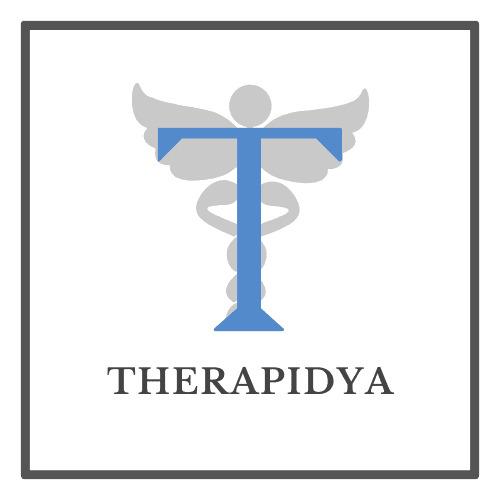Healthcare System in Namibia | Public Health Initiatives | Medical Infrastructure Development | Full Guide 2024
Introduction to Healthcare in Namibia
In the vast, arid expanse of Southern Africa lies Namibia, a country with a healthcare system striving for comprehensive care despite its sparsely populated landscape. The narrative of healthcare in Namibia is one of contrasts where advanced medical services in urban centers tell a different story than that in remote, rural areas. With about 2.5 million inhabitants, the country has grappled with the challenge of providing accessible healthcare to all its citizens, balancing the scales between the populated capitals and the nomadic tribes wandering the Namib Desert.
The Structure of Namibia’s Healthcare System
Namibia’s healthcare system mirrors its colonial past with a dichotomy between public and private sectors. The public system is accessible to a majority of the population, comprising of primary healthcare facilities, district hospitals, and national referral hospitals. Namibian healthcare revolves around the principle of “Ujamaa,” meaning familyhood, which places a strong emphasis on community-based care.
- Primary Healthcare: This is the frontline of the medical system, where health extension workers reach out to the communities providing vaccinations, maternal and child health services, and basic medical care.
- District Hospitals: They serve as the next level of care, equipped with more resources to handle more complex health issues.
- Referral Hospitals: These are the apex institutions in the healthcare pyramid, providing specialized medical services and serving as a training ground for healthcare professionals.
Namibia’s Public Health Initiatives
In the face of diseases such as HIV/AIDS, tuberculosis, and malaria, Namibia has responded with a slew of public health initiatives. The multi-faceted approach includes initiating national vaccination programs, providing free antiretroviral therapy (ART) to HIV/AIDS patients, and successful malaria control programs.
- Combatting HIV/AIDS: The “treatment for all” initiative has significantly reduced HIV/AIDS prevalence and increased life expectancy.
- Malaria Elimination: Namibia has set ambitious goals to eliminate malaria by 2024 through indoor residual spraying campaigns, distributing insecticide-treated nets, and prompt diagnostic and treatment services.
- TB Control: Strategies like Directly Observed Treatment, Short-course (DOTS) have been deployed to combat tuberculosis, which remains a significant public health issue.
Developing Medical Infrastructure
Investment in medical infrastructure is key to the evolution of Namibia’s healthcare. The opening of new healthcare facilities and upgrades to existing ones are ongoing countrywide. Development partners and the government have invested in modern diagnostic equipment, telemedicine, and training of healthcare personnel.
- Investment in Rural Health: Mobile health clinics are providing services in remote areas, addressing the accessibility issue for nomadic tribes.
- Focus on Skilled Personnel: The establishment of the University of Namibia’s School of Medicine is a step towards self-sufficiency in healthcare professionals.
- Embracing Telemedicine: Telemedicine initiatives are bridging the gap between rural patients and urban medical expertise, improving the reach of specialized care.
Challenges and Future Directions
Despite progress, the Namibian healthcare system faces challenges that include a high burden of communicable diseases, a shortage of healthcare professionals, and an unequal distribution of healthcare resources. Moving forward, the focus must remain on enhancing primary healthcare services, retaining medical staff through better incentives, and integrating traditional healing practices with modern medicine to reach all cultural groups effectively.
Story of Change: The Namibian Healthcare Evolution
Imagine a young mother in a remote village in the Kunene region. Before the healthcare reforms, her access to maternal care was limited. Now, through the government’s maternal health initiative, she can visit a mobile clinic, receive prenatal care, give birth safely in a local health facility, and have her child vaccinated against common diseases. Stories like hers are becoming increasingly common as Namibia continues to strengthen its commitment to universal healthcare access.
Conclusion
The healthcare system in Namibia is on a transformative journey. Fueled by robust public health initiatives and infrastructure development, it marches towards better health outcomes for its people. While challenges remain, the tireless effort of healthcare workers and the resilient spirit of Namibians hold the promise of a healthier future. As the country looks forward to 2024, the guiding mantra remains “Ujamaa,” ensuring that every citizen, from the buzzing cities to the secluded dunes, is enveloped in the familyhood of healthcare.
The Namibian story of healthcare is a beacon, shining light on the potential for medical system enhancements in the face of limited resources and geographical challenges. As Namibia continues to develop its healthcare system, the lessons learned can serve as a guide for similar nations, striving to uplift the health and wellbeing of their people.







